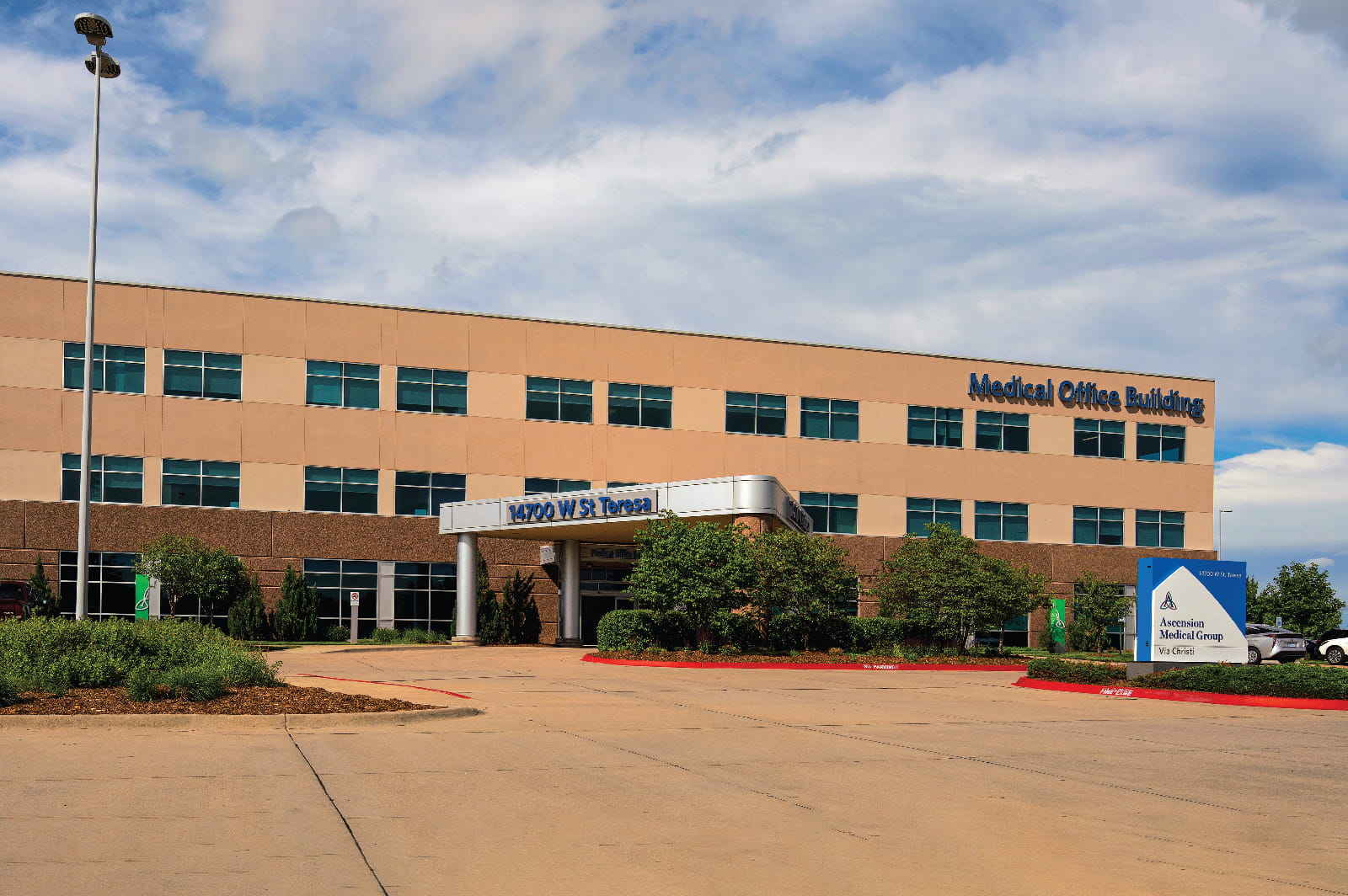Contents that should live in one compartment can get trapped outside of that compartment in a space or cavity where it does not belong. If we remember the cat example from What is a Hernia?, imagine that the cat is now trapped in your yard because the hole in the fence closed behind it. When this process occurs in regard to a hernia, we describe the hernia as being incarcerated. The herniated tissue, be it bladder, intestine, stomach, or fat is trapped in the wrong compartment.
Incarceration is not generally considered a surgical emergency. If a hernia is incarcerated, however, repairing it should become more of a priority.
Another complication of a hernia is called strangulation and it is a surgical emergency. In this circumstance, our cat is not only trapped on your side of the fence, but you stop feeding and watering it so it could starve to death. Strangulation involves tissue that is caught in the wrong comportment and becomes starved of its blood supply. The tissue starts to die. Operations to repair strangulated hernias are the type of emergency surgery done at 2:00 in the morning. Strangulation is rare but very serious and can be life-threatening. For groin hernias, the lifetime risk of strangulation is 1-3% (110).
Often patients are told that if a hernia is not causing pain or interfering with daily activities it does not need to be repaired. So, the patient gets the hernia examined on a serial basis and if problems develop then the patient is referred to a surgeon. This strategy is called watchful waiting. While this strategy is safe, the majority of inguinal hernia patients ultimately require an operation (108). Also, during the study period patients who had surgery had less overall pain relative pain in comparison with patients who elected to perform watchful waiting (110).
Some hernias are small as a dime and others can be over a foot wide. As one can imagine, the complexity of repair increases with the hernia size and number of operations that have been performed to fix it previously. Also, the larger a hernia becomes, the greater its potential to interfere with the daily activities of the patient. Though there is no data to confirm this conventional wisdom, smaller hernias have been thought to be at higher risk for incarceration and strangulation. This is now being questioned by hernia surgeons.
